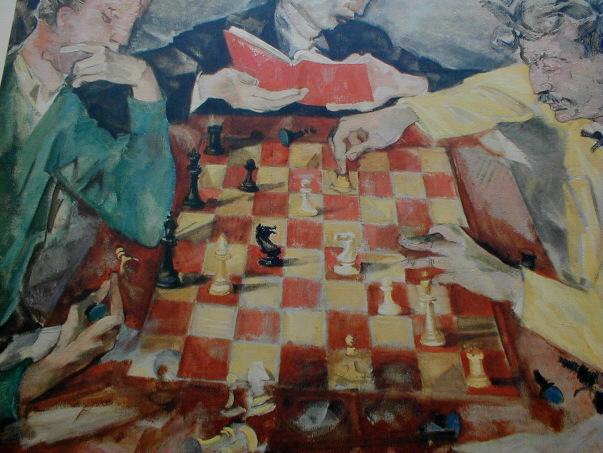
Here are some nongame specific notes on this chapter in Art of Attack in Chess by Vladamir Vukovic.
Just because ones opponents King has lost its ability to castle this doesn't necessarily justify a mating attack on the king
For an attack on the king that lost it's right to castle (TLIRTC) to be justified it must also involve
1)exposure of the King and
2) an increased vulnerability to attack
In most cases,the attack is justified, In most cases, there is further weakness that faces the king the communication between the rooks is more difficult. An attack can be made directly against this weakness in the struggle for the open file.
The Three Acts in the King TLIRTC
1)Spoiling the King's castling chances or drawing it away from the castling position
2)The pursuit of the King across the board by checking
3) The final mating attack in the middle of the board on on the edge
It is not the fact that the King has to move about is important .It is the degree that this movement weakness the position. Sometimes the King gets tied up in a few squares and is harassed by his opponent with checks, This can bring new pieces into the fight with a gain of time.
The pursuit of the KTLIRTC is not always successful. In some occasion, the King comes out the winner by successfully moving to safety and his flight has become artificially castling on a large scale.
The pursuer needs to keep two things in balance:
1) The tempo in the attack
2) surely building a mating net that the King has no escape from.
The Net is often of more importance than the tempi and quiet moves that "spin the threads" point the way whereas many juicy checks may prove to be mistakes.
The position of the KTLIRTC represents an investment which is acquired by the price of sacrifices and positional disadvantages. The attacker should keep his hold of this investment and not worry about short term gains (checks) but be concerned whether the King will fall.
In practice the players struggle to keep a balance between these two opposing ideals for only the correct mix will lead to a win.









